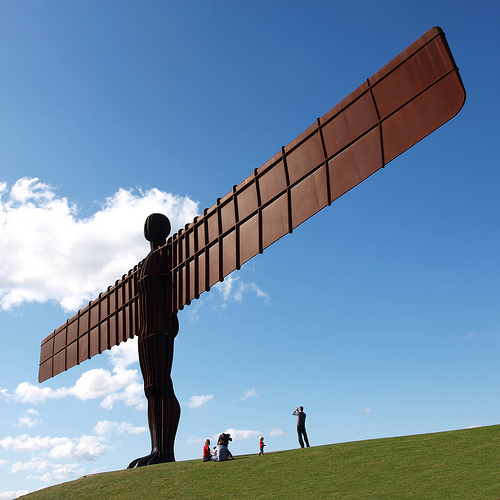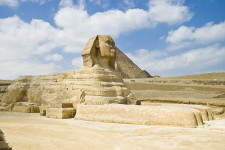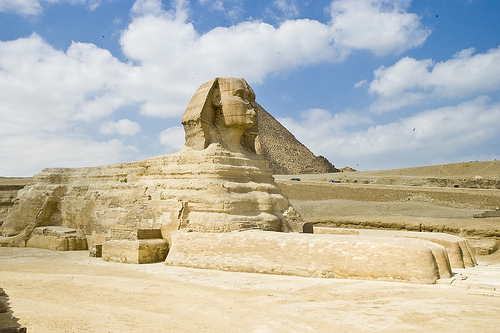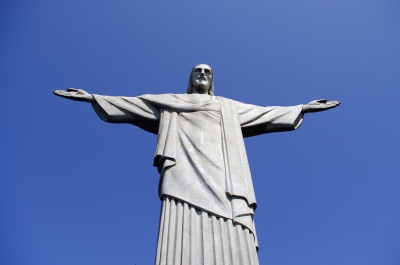
The guardian of the north is the Angel of the North.
- The Angel of the North is a modern-styled statue depicting an angel with spread wings, found in the area of England’s Gateshead, in Europe.
- Known as the largest angel statue in the world, the Angel of the North reaches 20 metres (65 feet) in height and has wings that spread over a distance of 54 metres (177 feet) in length.
- The wings of the Angel of the North, also called ‘Gateshead Flasher‘, feature a 3.5° forward tilt, chosen to display a feeling of embrace.
- British sculptor Sir Antony Gormley designed the Angel of the North under commission by the Gateshead Council in 1994, and it was completed in early 1998.
- The Angel of the North was designed to mark a coal mine located below the site; to symbolise movement into an information age; and act as a pivotal point for hopes and fears.
The Angel of the North
Image courtesy of Auntie P/Flickr
- The Angel of the North has been engineered to withstand gales of around 160 kilometres per hour (100 miles per hour), and it was carefully engineered by Ove Arup & Partners.
- Weather resistant brown steel, known as corten steel, that contains a small amount of copper, was used as the main material to enhance the Angel of the North‘s durability in outside weather, and the sculpture was built in four parts – the two wings and body which were manufactured off-site, plus the concrete foundations created on-site.
- The wings and body of the Angel of the North combined, weigh 200 tonnes (220.5 tons), while the foundation weighs 600 tonnes (661.5 tons) and reaches at least 20 metres (66 feet) underground.
- The final Angel of the North statue had a total cost of 800,000 pounds (roughly 1.24 million USD), while smaller scaled models have been sold for as much as 1 and 2 million pounds.
- The viewing rate of the Angel of the North averages around 90,000 people each day due to vehicles passing by in the area, which equates to over a person a second, while the approximate number of visitors to the sculpture in a year is 150,000 people.
Bibliography:
Angel of the North, 2015, Gateshead Council, http://www.gateshead.gov.uk/Leisure%20and%20Culture/attractions/Angel/Home.aspx
Angel of the North, 2015, Wikipedia, https://en.wikipedia.org/wiki/Angel_of_the_North
















